Your support helps us to tell the story
From reproductive rights to climate change to Big Tech, The Independent is on the ground when the story is developing. Whether it's investigating the financials of Elon Musk's pro-Trump PAC or producing our latest documentary, 'The A Word', which shines a light on the American women fighting for reproductive rights, we know how important it is to parse out the facts from the messaging.
At such a critical moment in US history, we need reporters on the ground. Your donation allows us to keep sending journalists to speak to both sides of the story.
The Independent is trusted by Americans across the entire political spectrum. And unlike many other quality news outlets, we choose not to lock Americans out of our reporting and analysis with paywalls. We believe quality journalism should be available to everyone, paid for by those who can afford it.
Your support makes all the difference.The Brexit referendum asked voters whether they wanted to “remain a member of the European Union or leave the European Union”.
Leave won the vote by 51.9 per cent to 48.1 per cent – but the result was only the start of wrangling over exactly what Britain’s future outside the EU should look like.
Some Brexiteers have said only their vision for a harder exit would respect the referendum result, but a number of different approaches have been suggested, with endless permutations. Here’s a run-down of the main options claimed as enacting the will of 17,410,742 people.

Theresa May’s plan – red, white and blue Brexit
The government wants to leave the single market and customs union, end free movement, stop major payments to the EU budget, and take Britain out of the European Court of Justice. It also wants an independent trade policy so the UK can make its own trade deals with other countries outside the EU.
But the government still wants frictionless trade with the EU – no border checks on goods. So the Chequers white paper released this summer proposes keeping the UK aligned to single market regulations for some goods, and a complicated new customs arrangement that would see the UK collect EU tariffs at its borders and pay back the difference to the EU.
The EU has said this is too bureaucratic and has indicated that it believes it is unworkable, raising a number of concerns.
The approach of being in the single market for goods but outside the customs union is sometimes referred to as the “Jersey option” because it replicates some aspects of Jersey’s relationship with the EU.
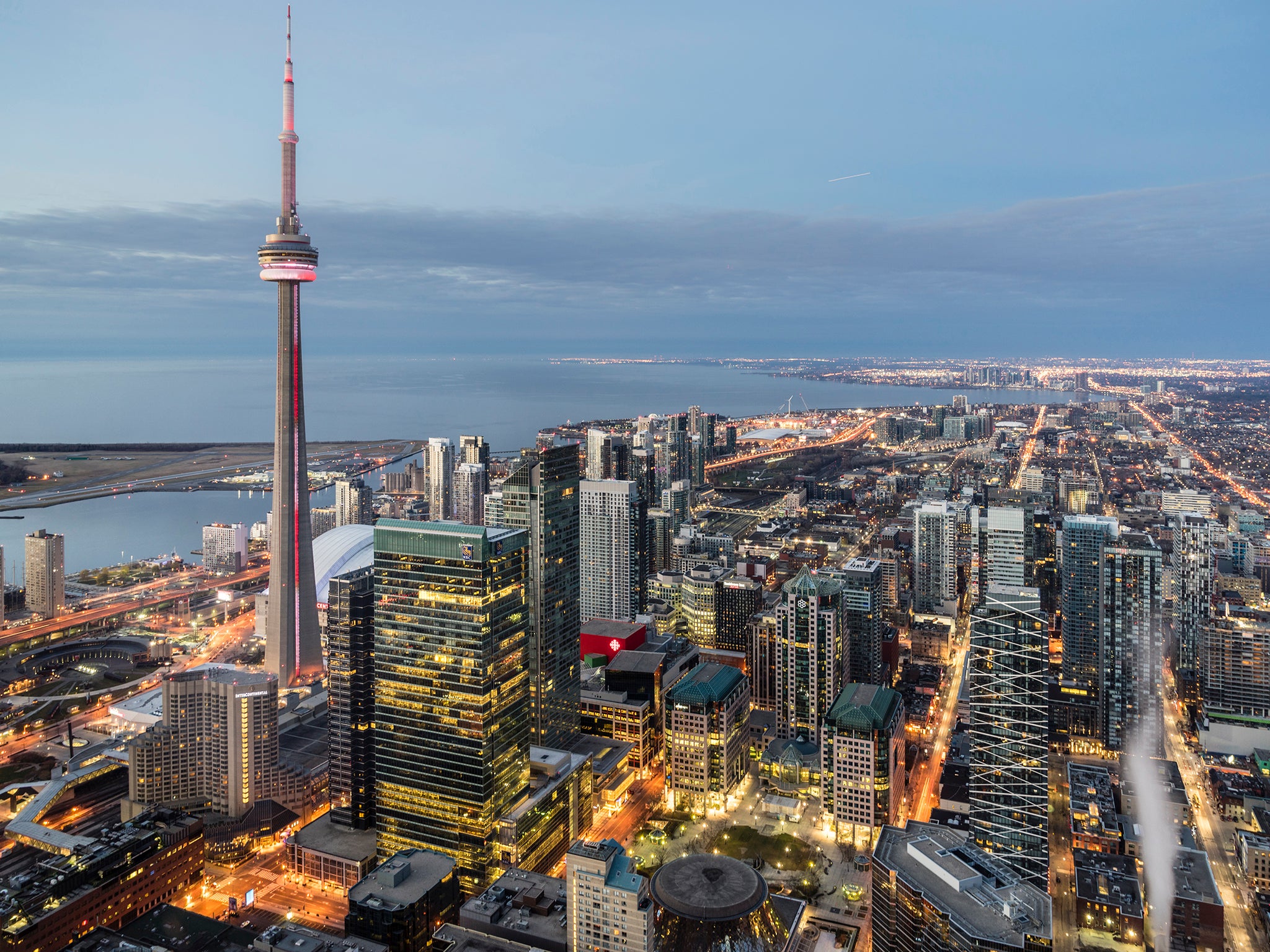
The EU’s response – Canada
The EU says that if May’s “red lines” are to be respected, then the UK can only really have a free trade agreement with the EU like Canada or South Korea do.
Such an agreement would mean checks on goods entering the UK, so trade would not be frictionless. An agreement could probably remove most tariffs on goods, however. There would be no free movement and the UK could not stay in EU agencies such as Europol or the European Medicines Agency.
As with the government’s plan, services – which make up the vast majority of the UK economy – would lose their special ability to do business in the EU. This includes financial services, which would lose their passporting rights to do business on the continent.

Norway plus
The European Union has said that if the UK wants to leave the EU and have frictionless trade, there is only really one option – generally known as “Norway plus”.
This takes the arrangement Norway has with the EU – participation in the single market through the European Economic Area – but also adds a customs union to it to prevent border checks. (Norway has customs checks on goods traded with the EU because it is outside the customs union, despite being in the single market.)
This option would keep the UK as close as possible to the EU, while still being outside it. It is generally favoured by advocates of a “soft Brexit” – those who want to respect the referendum result but want the least economic upheaval and closest trading relationship.
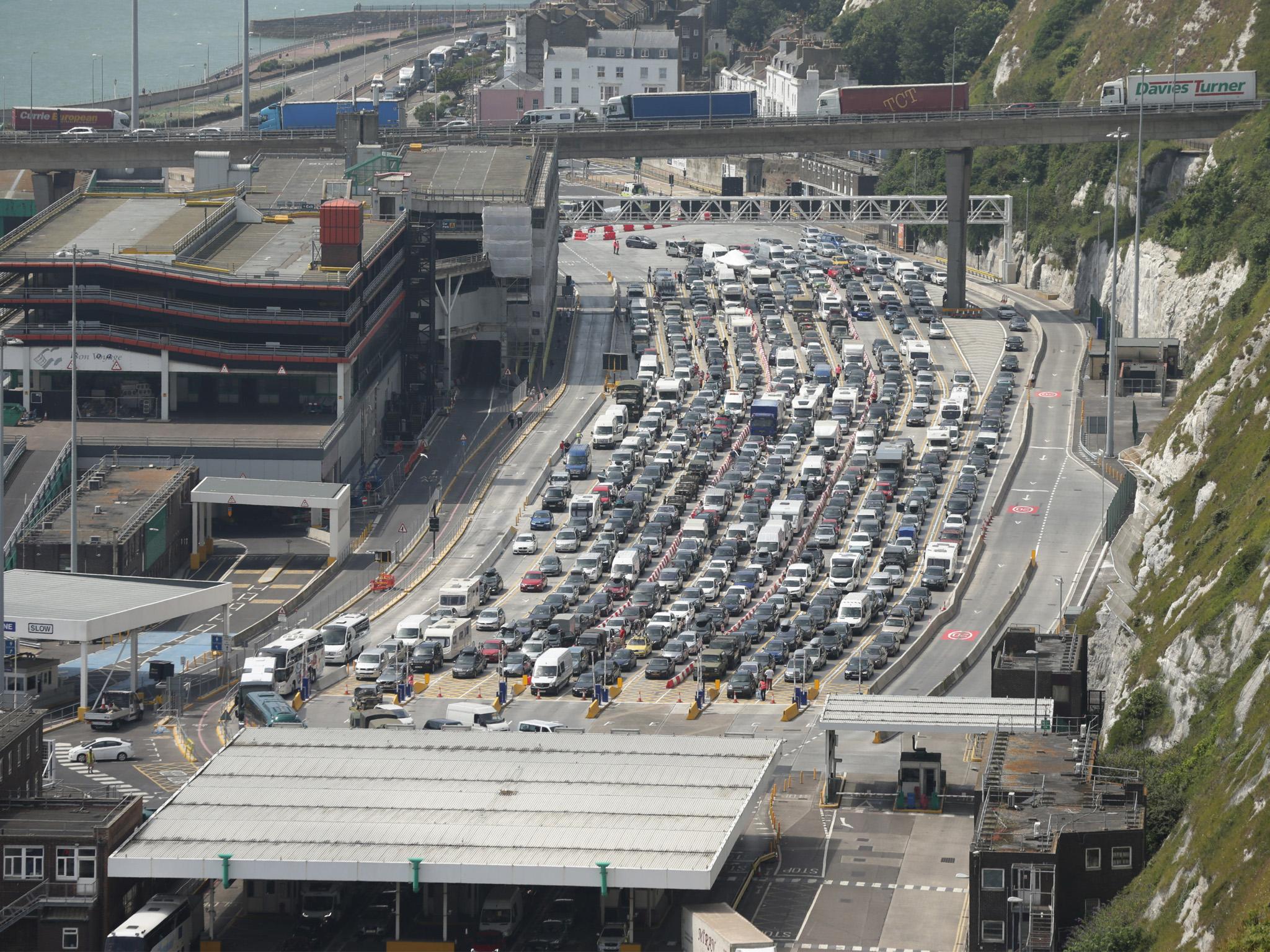
No deal – chaotic Brexit
Under a no-deal Brexit, the UK would leave the existing structures of the EU without anything to replace them, at least initially.
The UK and the EU both see no deal as a bad idea, but it is favoured by some ardent Brexiteers, including inside the Conservative Party, who say Britain should walk away from negotiations.
This would be the very hardest of Brexits. There would be immediate border checks with the EU, tariffs on goods and British citizens living in the EU would technically become illegal aliens overnight. There would very likely be economic chaos, with huge disruption to business and concerns about whether the lapsing of agreements in areas such as aviation, medicine and nuclear materials could cause even more serious problems.
The situation would not be the same as reverting to the situation of most non-EU members, because most countries have bilateral agreements with each other to govern their relations. The UK would have none in this case.
Both the UK and EU say they want to do contingency planning to hopefully blunt the worst effects of no-deal Brexit if it happens.
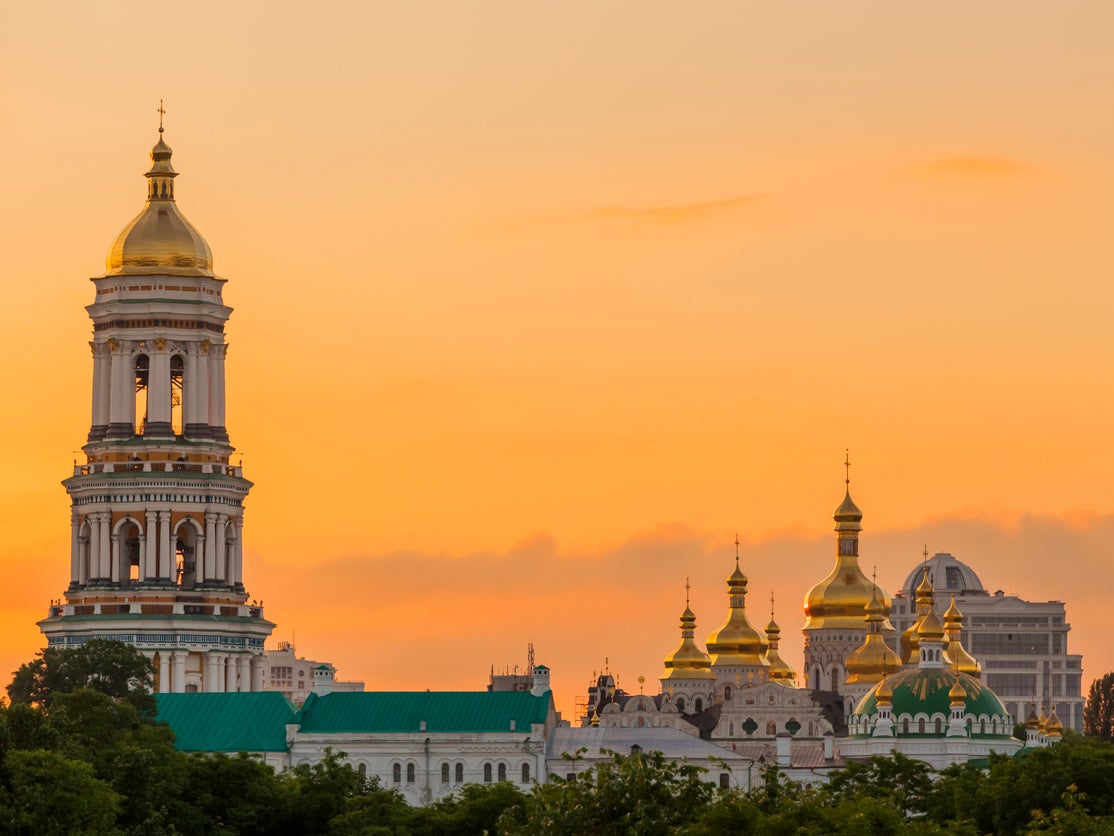
Ukraine-style Brexit
One option sometimes suggested is to more or less copy the arrangements enjoyed by Ukraine. Ukraine is not in the single market or customs union, but has an “association agreement” with the EU and is subject to some European Court of Justice rulings.
While the UK government says it is happy to package its deal into an association agreement, this would be more of a wrapper for a different kind of deal, with looser ties than the one enjoyed by Ukraine.
This Brexit would be slightly softer than the one Britain currently seems to be heading for, but would still involve checks on goods and cause disruption to trade with the bloc.

The Swiss option
Switzerland has possibly the most complicated deal with the EU – it is outside the customs union and economic area, but it participates in the single market in certain sectors through a range of bilateral treaties.
Switzerland notably does have a form of free movement with the EU and is a part of the Schengen passport-free area, which Britain is not even a member of inside the EU.
Swiss voters recently said they wanted to end free movement with the EU but the government has found this difficult to implement without tearing up the country’s entire economic relationship with the bloc.
Free movement – a massive UK red line – is crucial because it is seen in Brussels and many member states as a condition of single market participation, because it is one of the indivisible “four freedoms” that underpin the institution.
The EU absolutely hates its agreement with Switzerland and has been very emphatic that it does not want to replicate such an arrangement with anyone else.
The mountainous polyglot state is constantly involved in wrangling with the EU and the system is always being renegotiated.
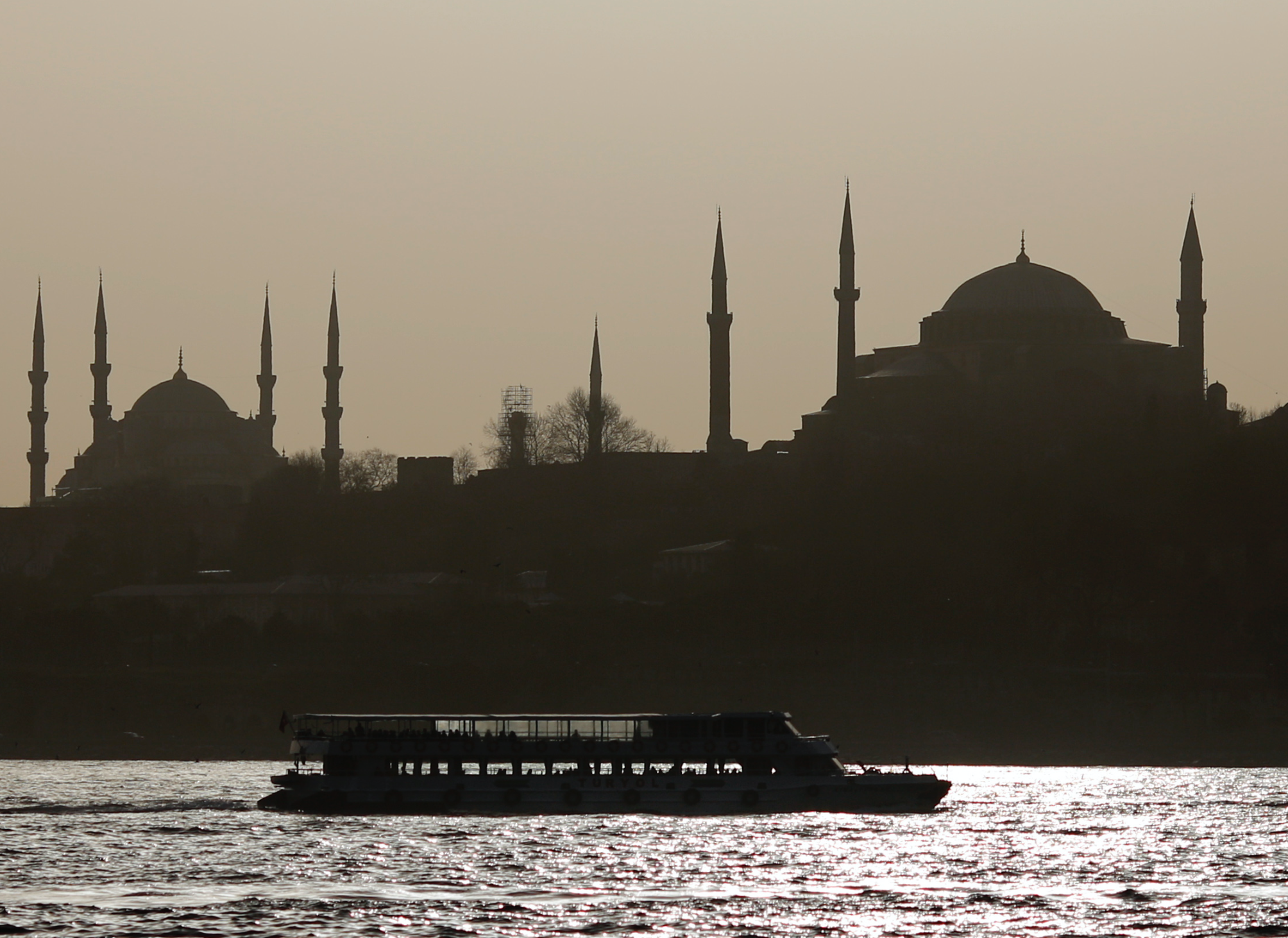
Turkey
Turkey has been a candidate state for joining the EU since 1999, but is absolutely nowhere near joining, and on its current course probably never will. However, it has a unique arrangement with the EU in that it is in a customs union with the bloc.
This system removes tariffs on goods between Turkey and the EU. There are still, however, border checks on goods between the two countries because Turkey does not participate in the single market and does not have free movement. Turkey is also restricted from signing its own trade deals and does not get all the benefits of EU free trade agreements because of the limited nature of the customs union it has, which excludes some areas.
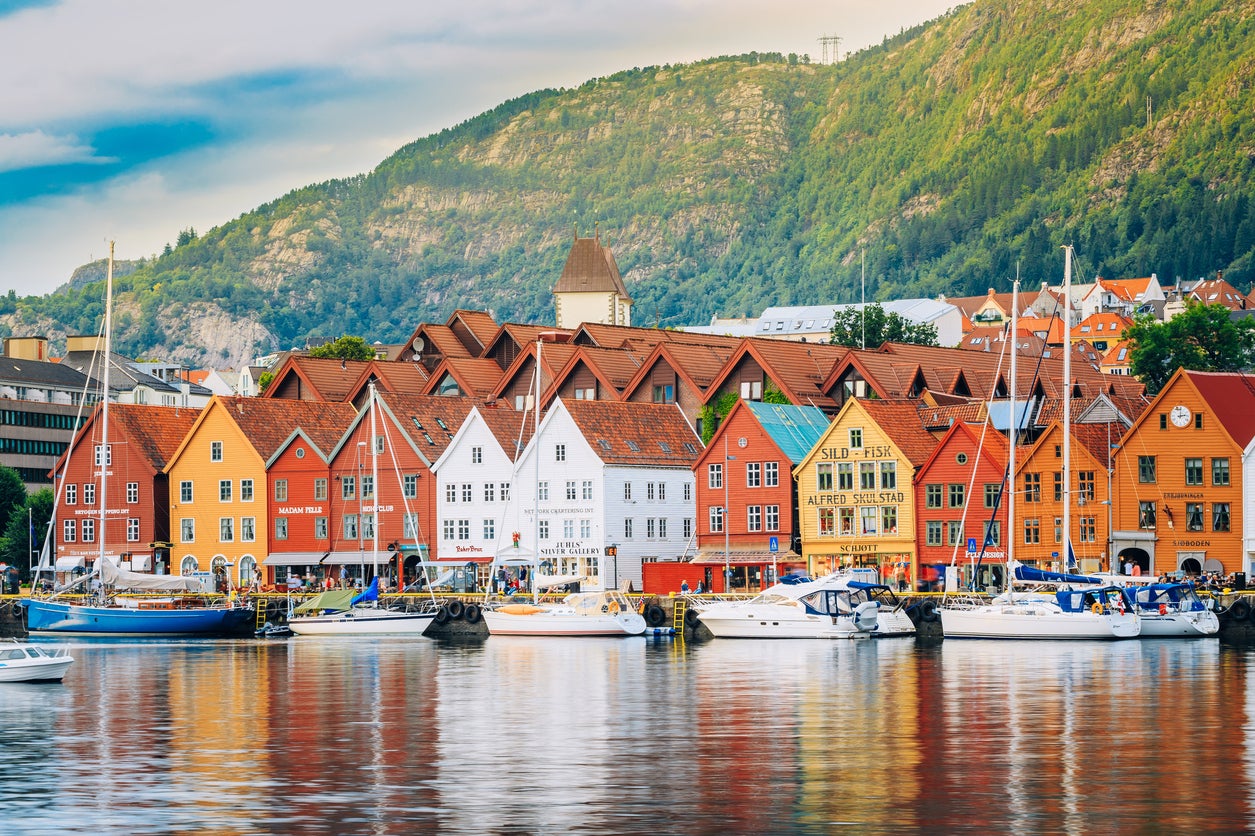
The Norway option
A slightly harder Brexit than “Norway plus”, the Norway option would see the UK stay inside the single market through membership of the European Economic Area. Norway still has customs checks on goods with the EU because it is outside a customs union.
One faction of Brexiteers says the EEA agreement could be renegotiated to cover customs and prevent border checks, but the EU has not entertained this notion and it would likely require the consent of other countries that are happy with the EEA agreement as it is.
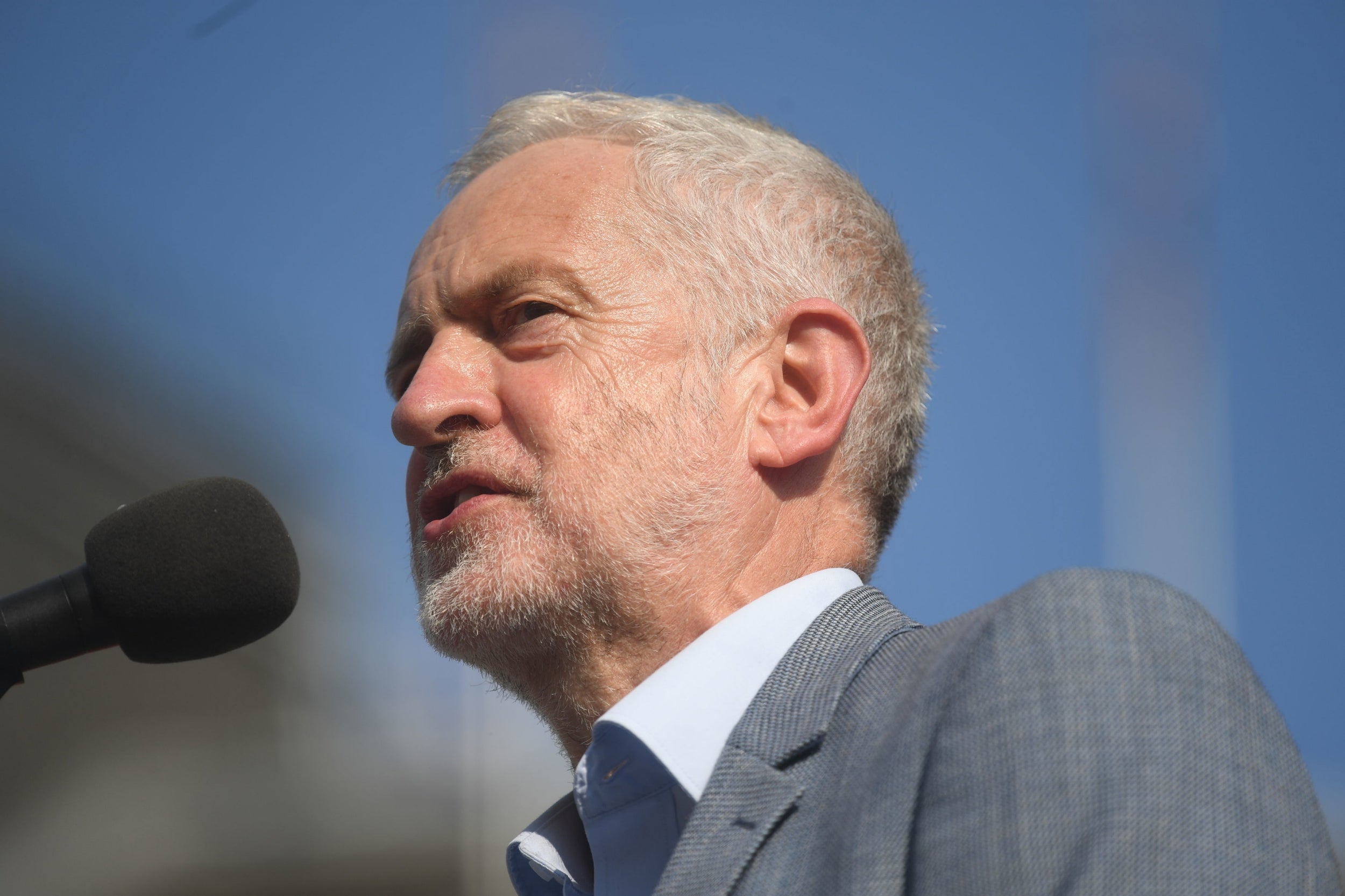
Labour’s policy
Labour has said it wants a customs union with the EU that replicates the existing EU customs union, which likely be wider in scope than the one Turkey has and keep the UK enjoying the benefits of the EU’s free trade agreements with other countries.
The party says it wants “the exact same benefits” as a member of the single market – so frictionless trade and no border checks.
But Labour also says it wants a new close relationship with the single market that gives Britain opt-outs in areas such as rules banning state-aid for British enterprises.
The EU hasn’t engaged directly with Labour’s proposals but has generally said the single market rules cannot be waived and that non-members cannot get a better deal than members. It would likely point Labour in the direction of a “Norway plus” Brexit.

Join our commenting forum
Join thought-provoking conversations, follow other Independent readers and see their replies
Comments